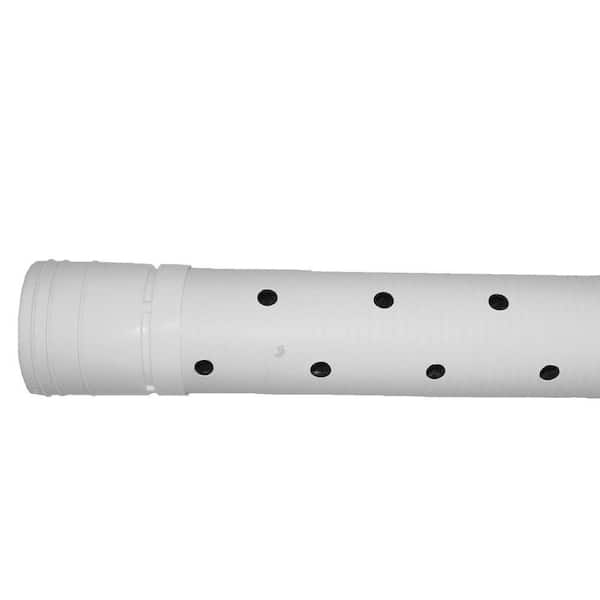
4 in. x 10 ft. Triplewall Perforated Drain Pipe
Covers 10 ft.
$21.27
($2.13 /ft.)
- 4 in. x 10 ft. white perforated triplewall drain pipe
- Features soil tight joints with several fitting options available
- Meets ASTM F810 standard
- View More Details
Free & Easy Returns In Store or Online
Return this item within 90 days of purchase.























